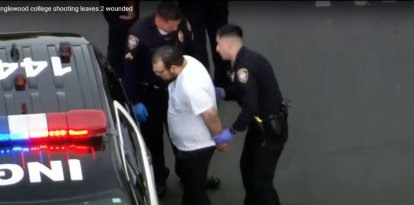Government declares tranq an "emerging threat" to the nation
This is the first time that an administration has designated a drug in this manner. This measure allows the allocation of public funds to fight against its use.

(Marco Verch Professional Photographer / Flickr)
National Drug Control Policy Director Rahul Gupta announced Wednesday the designation of tranq, which consists of fentanyl mixed with xylazine, as an official emerging threat to the nation.
This designation marks the first time an administration has given the "emerging threat" label to an illicit substance. The measure will make it possible to allocate public funds to combat the use of this drug:
Xylazine becoming increasingly common throughout the country
According to Gupta, illegal consumption of xylazine is growing among young people in the country. In 1972, the drug was authorized for use by the Food and Drug Administration (FDA) as a veterinary sedative for animals only. In humans, it can slow the heart rate and cause infections leading to the amputation of limbs.
One of the main reasons the drug is so dangerous factors is that, because it is not an opioid, the overdose reversal medication naxalone, or Narcan, does not work.
Between 2020 and 2021, the Drug Enforcement Administration (DEA) stated that the detection of xylazine mixed with other drugs increased by almost 200% in the South and by more than 100% in the West. On the other hand, overdose deaths caused by the animal sedative increased by 1,127% in the South, 750% in the West, more than 500% in the Midwest and more than 100% in the Northeast. Gupta noted:
The Growing Threat of Xylaz... by Verónica Silveri
Plan of action against xylazine
The statement itself does not specify how funds will be designated. However, it does require the government to submit a plan of action to Congress within three months. This strategy should include the development of an antidote, further testing for the drug, investigating how it enters the illegal market, and studying whether it should be classified as a controlled substance.
Gupta indicated that his office requested $11 million of its budget from Congress to develop a strategy to prevent the increase in the use of this drug:
RECOMMENDATION





















